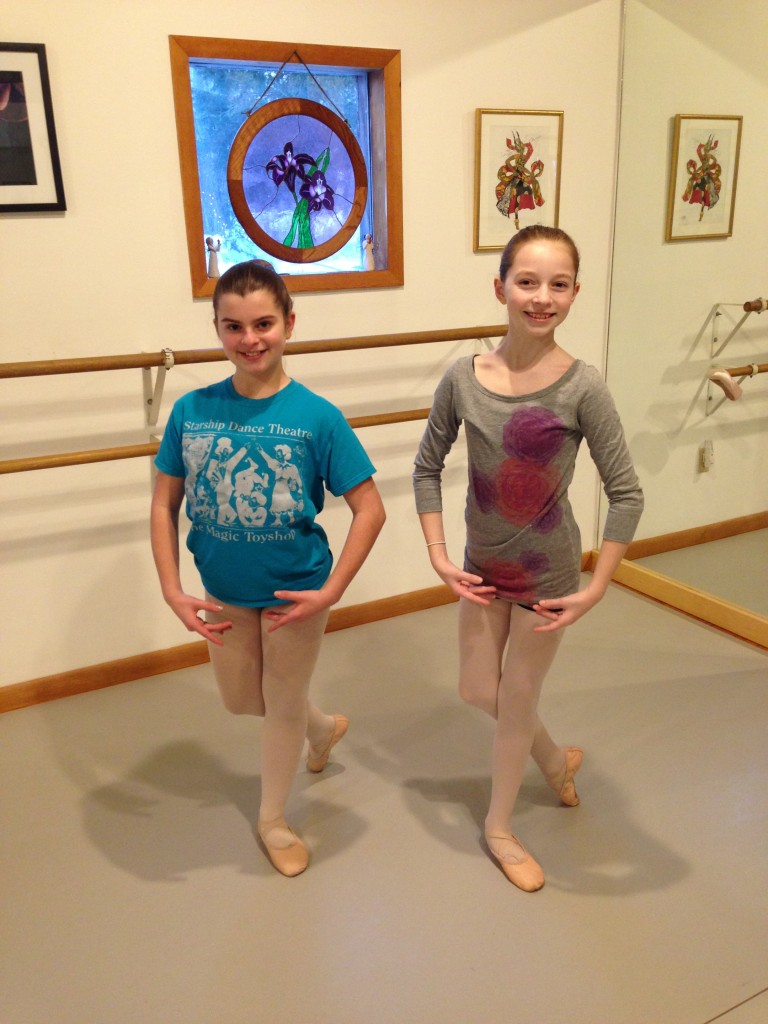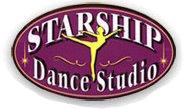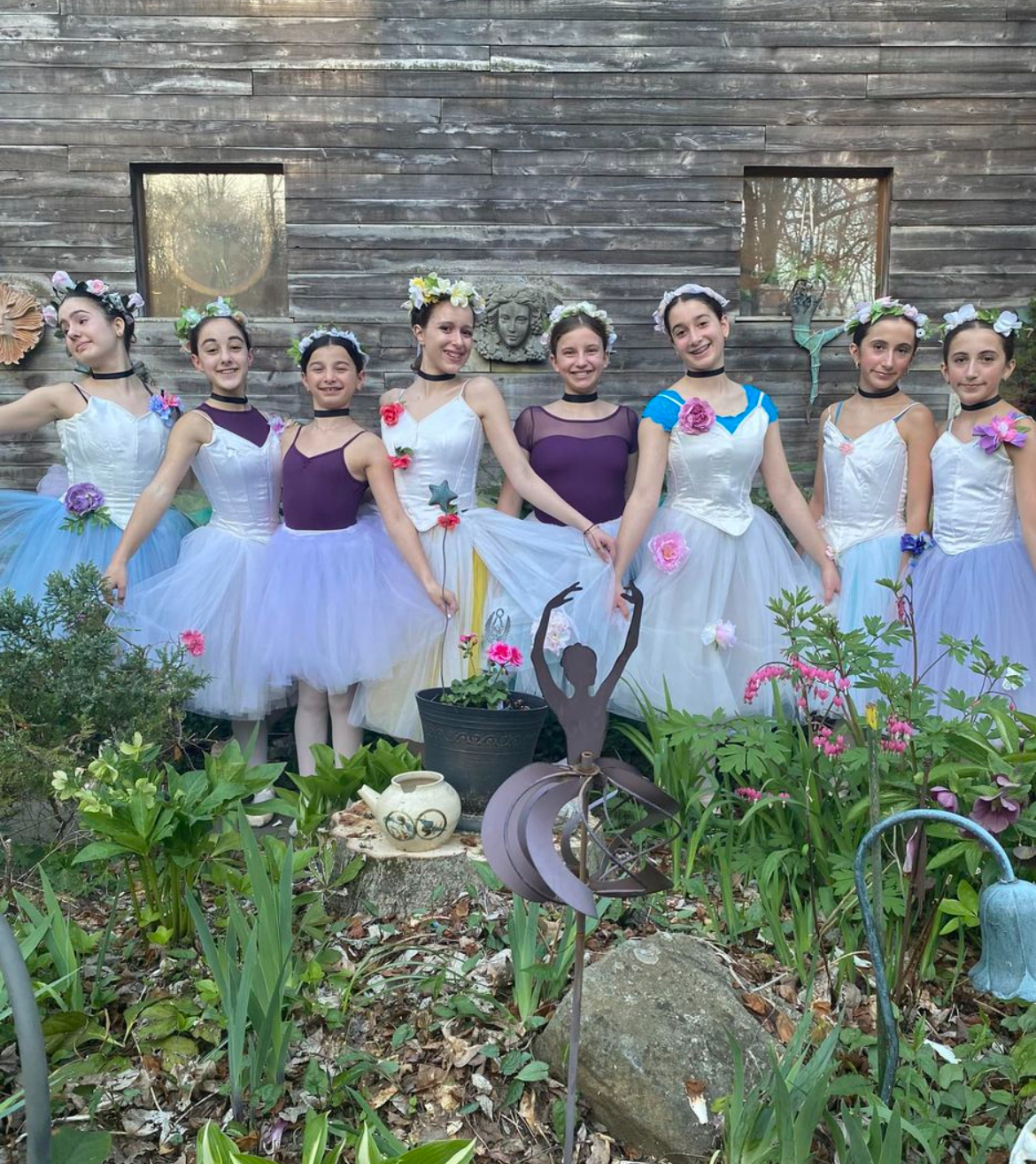Pointe is a dream for young dancers everywhere! Last year, Starship began having formal pointe evaluations for dancers, usually in Level 3, who are potentially ready for pointe work. Here, Diana Harris explains what the evaluations require and exercises to focus on in order to be prepared for pointe work, while two dancers who have taken the evaluation explain what it felt like!
******
Pointe Assessment
Ballet students yearn to be able to buy their first pair of pointe shoes and begin dancing in them. Pointe work is often seen as a goal to which all dancers aspire. Rather than a final goal that all dancers should achieve, it is important to view pointe work as simply an extension of the slow and gradual training of the entire body that ballet requires. Although the age of 12 has become the magical time for dancers to go en pointe, there is no scientific or medical reason for this criterion. This guideline assumes that ballet training began at the age of 8, has been consistent for four years, and that the student is now taking a minimum of four classes per week.
Since each student’s body is different and develops and matures at a different rate, it is important to view each student as an individual when determining if she is ready to begin pointe work. It is important to note that there is no evidence that students who begin pointe work at a later age are at any disadvantage when compared to those who begin at age 12. Since dancing en pointe places 12 times the force of a student’s body weight on her toes, it is important that the body be deemed ready so that the risk of injury is minimal.
The pointe assessment will have 3 components. The ballet teacher will fill out information on his/her observations of the student performing various exercises in class, the student will be asked to fill out a questionnaire that gathers information about age, injury history and dance training, and an assessment will be conducted by an exercise physiologist. The assessment will evaluate: the range of motion, alignment, strength, and stability of the foot, ankle, knees, pelvis and trunk; proprioceptive skills (the dancer’s ability to determine and control where each part of her body is in space); and neuromuscular control. After the assessment, each student will receive a report detailing areas of individual strengths and/or weaknesses, suggested exercises for improvement, and a recommendation for when pointe work can begin.
Typical exercises needed to be ready for pointe work include:



No responses yet